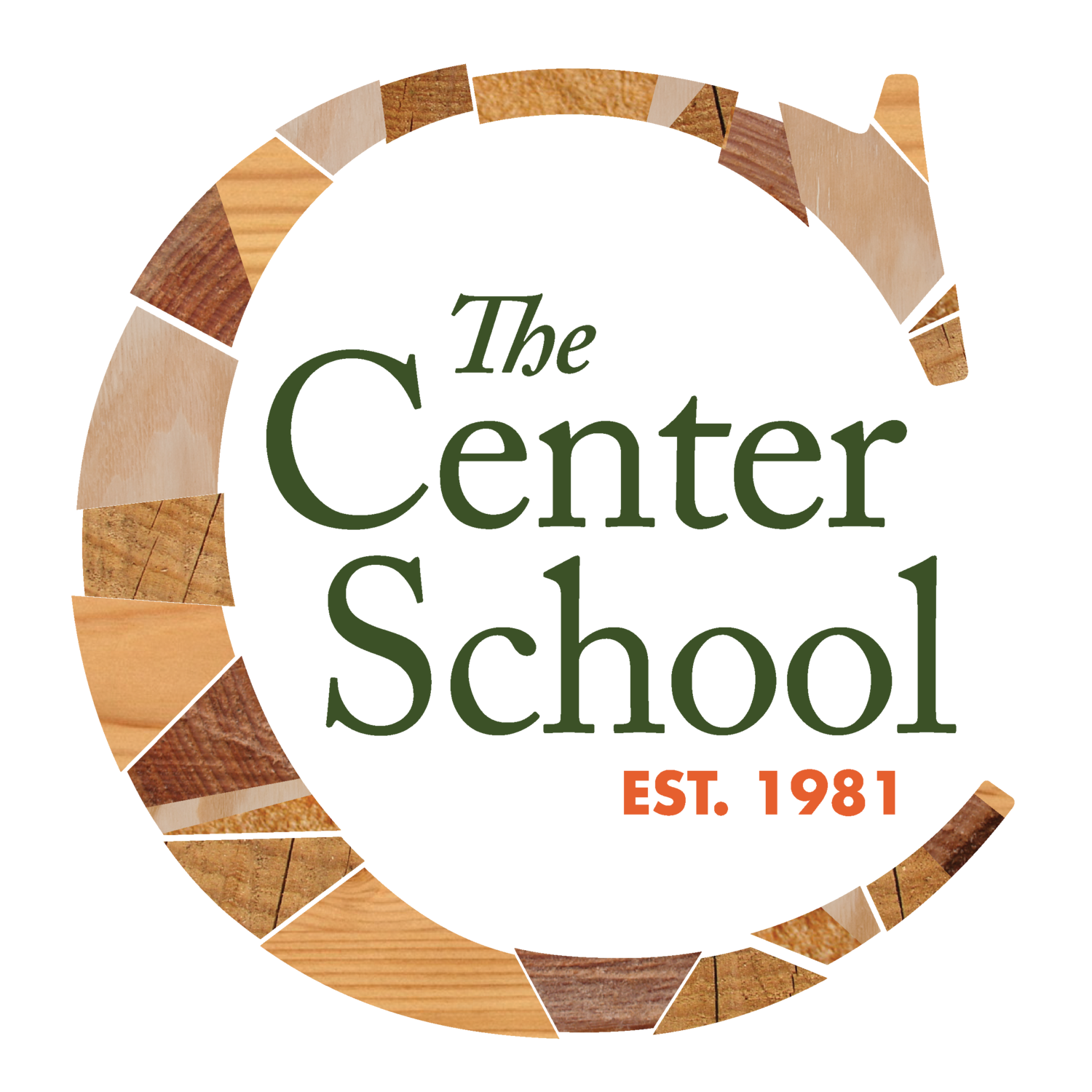Exploring “Ownership” in the Power Primes
The Primes team has been working with Peggy Martalock, who runs the Creative Thinking and Learning Studio at Greenfield Community College, to deepen our study of Concepts and Big Ideas through a Reggio Emilia lens.
The concept we are exploring together is “Ownership.”
We began by asking:
What meanings and understandings do children have about ownership?
When are children exposed to and gathering information about ownership?
What questions or tensions might they be trying to figure out regarding ownership?
With these questions in mind, we created a documentation plan to capture moments when the idea of ownership appears in play. The videos and dialogue we collect invite us to look closely at how children express and negotiate this concept through their relationships with one another and with materials.
Ownership and Play
Much of our recent video documentation shows children engaged in group play, in close proximity, sharing space and materials. The idea of ownership often appears as a way for children to assert themselves within group dynamics through statements such as “I’m sitting here” or “That’s my stick.”
These moments can look like conflict to adults. They often involve children feeling frustrated or misunderstood by their peers or experiencing challenges in communication. Val and I have been intentionally documenting these experiences as part of our ongoing focus on associative play, which develops before truly collaborative play.
Through the lens of ownership, these moments become opportunities to understand how children are forming a sense of self and community. They are learning to coexist, to share, and to collaborate while defining who they are as individuals in a shared space.
Revisiting Documentation: The Train Game
In one video, nine Power Primes are gathered in our woodspot, sitting on wooden crates they have arranged to form a train. Val is nearby, filming and supporting the play by helping the children communicate and continue their game through moments of tension.
While Val’s camera focuses on Ezra and Shevy, other interactions unfold between Mae, Owen, Harper, and Bode. This is a group of children who care deeply about one another and are eager to be together. Their conflicts often arise not from wanting to separate, but from wanting to share the same space and play world.
Dialogue from the Train Game
The following dialogue and images are pulled from "The Train Game," a single piece of video documentation.
Ezra uses both hands to signal to Shevy which stool is his.
Ezra: This is my stool.
(Shevy leans into his body.)
Ezra: This is my stool. (He points to the stool with a big gesture.)
Shevy: (pressing her hand into Ezra’s side) Don’t block my stool.
Val: Shevy, if you want to be in a place all by yourself, you can leave this and go somewhere else. This is a place for everyone to be together.
Shevy: But I don’t want to talk.
Val: Okay, so you can say to Ezra, “I don’t feel like talking.”
Shevy: I don’t feel like talking.
Val: She doesn’t feel like talking, so she doesn’t have to talk. You can talk to someone else, Ezra.
Val: Ezra, you keep saying this is your seat. Why do you keep saying that? Are you worried someone’s going to take it?
Ezra: Yeah.
Val: She’s not. She’s just sitting next to you.
Bode sits behind Mae, leaning his back against her. Mae pushes back with her body.
Mae: No.
Bode laughs, adjusts, and sits fully on his own stool.
Owen reaches for Mae's acorn "present." Mae holds the acorn closer to her body protectively.
A moment later, Mae spots an acorn.
Mae: Look, I found an acorn. (She shows it to Harper.)
Harper: (laughing)
Mae: This is mine. My present. Everybody look, I got an acorn.
Owen: Yay. (He reaches for it.) My acorn.
Mae: (pulls the acorn away) No, it’s mine.
Owen: If it’s just a present, then I get to hold it.
Mae: No!
(Owen gestures in frustration but does not touch her. He turns away and sits back down.)
Nearby, Harper rubs a stick over a rock in her hands.
Mae: Can I have one?
Harper: You can. (She extends the rock toward Mae.)
Mae: (touching the rock gently) Can I have one?
(Harper pauses, then hands her the stick instead. She watches as Mae pretends to take an imaginary piece from the rock and nibble on it. Then Harper offers the rock again.)
Harper: Yum?
Mae: (nodding)
They smile at each other.
In these moments, I notice how the children are constructing an understanding of ownership through interaction rather than instruction. Their language and gestures suggest that ownership is not limited to possession of objects but extends to the use of space, control of materials, and participation within the group. When Ezra repeats, “This is my stool,” his persistence may reflect a need for predictability and control within a shared play environment. Shevy’s physical closeness, and later her wish not to talk, signal a different negotiation of proximity and autonomy.
Mae’s interaction with the acorn introduces ownership as both discovery and defense. Her excitement in naming the acorn as “my present” shifts quickly once Owen reaches toward it. The tension that follows suggests that the act of claiming is both social and protective. In contrast, Harper’s exchange of materials with Mae shows an early awareness of reciprocity—ownership that can be extended or redefined through shared use.
These examples raise questions about how children conceptualize ownership at this stage of social development. To what extent is “mine” a claim of possession versus a means of establishing identity or maintaining agency within a group? How do children determine when something is negotiable, and when it is not? Observing these interactions prompts me to consider ownership not as a fixed state but as an evolving social construct that helps children navigate belonging, boundaries, and cooperation in early peer relationships.




